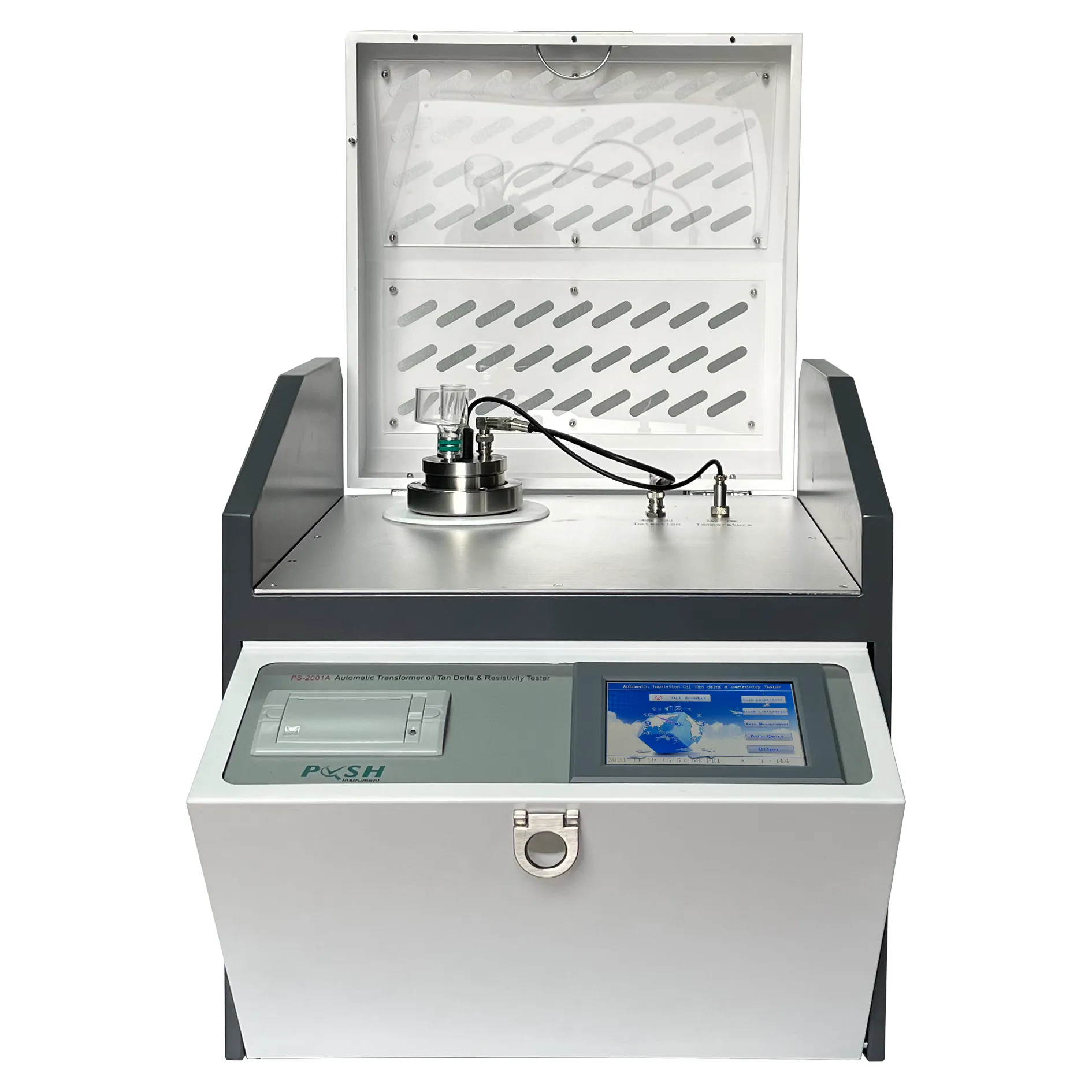 English
English


types of tap changing transformer
Types of Tap-Changing Transformers
Tap-changing transformers are essential components in electrical power systems, playing a crucial role in voltage regulation and ensuring the stability of power supply. These transformers are equipped with taps on their windings, allowing for adjustments in the ratio of the primary to secondary voltage. The ability to change taps helps maintain the desired voltage level despite fluctuations in load or line conditions. There are primarily two types of tap-changing transformers On-Load Tap-Changing Transformers (OLTC) and Off-Circuit Tap-Changing Transformers (OCTC).
1. On-Load Tap-Changing Transformers (OLTC)
On-Load Tap-Changing Transformers are designed to allow changes in tap settings while the transformer remains energized and supplying power to the grid. This capability is vital for facilities where load demand fluctuates significantly, as it helps maintain voltage levels within acceptable limits without interrupting service. OLTCs are commonly used in substations and industrial applications, where continuous operation is critical. The tap-changing mechanism in OLTCs usually employs a motorized or hydraulic system that facilitates the transition between different taps smoothly, minimizing disturbance to the output voltage.
One of the key advantages of OLTCs is their ability to respond to voltage variations in real time. Automatic OLTCs utilize sophisticated control systems and sensors to monitor voltage levels and adjust taps automatically, thereby maintaining a stable supply within specified limits. However, OLTCs are mechanically more complex than their off-circuit counterparts and require more maintenance due to the wear and tear of moving parts.
types of tap changing transformer

2. Off-Circuit Tap-Changing Transformers (OCTC)
Off-Circuit Tap-Changing Transformers, on the other hand, require the transformer to be de-energized before any tap changes can be made. This type of transformer is typically used in situations where load demand is relatively stable and does not require frequent adjustments. OCTCs are simpler in design and generally incur lower maintenance costs since their mechanical components are less prone to wear.
OCTCs are suitable for applications where voltage adjustments are required only at specific times, such as during scheduled maintenance or seasonal load changes. Their straightforward design results in greater reliability, making them a favorable choice in certain contexts, particularly in smaller substations or where the system can tolerate brief interruptions in service.
Conclusion
In conclusion, tap-changing transformers are vital for effective voltage regulation in electrical power systems. The choice between On-Load and Off-Circuit Tap-Changing Transformers largely depends on the specific requirements of the application, including load variability, the need for continuous power supply, and maintenance considerations. As power systems evolve and the demand for efficient and reliable electricity continues to grow, the role of tap-changing transformers becomes increasingly significant, ensuring that voltage levels remain stable and within suitable limits across a diverse range of applications.
-
Differences between open cup flash point tester and closed cup flash point testerNewsOct.31,2024
-
The Reliable Load Tap ChangerNewsOct.23,2024
-
The Essential Guide to Hipot TestersNewsOct.23,2024
-
The Digital Insulation TesterNewsOct.23,2024
-
The Best Earth Loop Impedance Tester for SaleNewsOct.23,2024
-
Tan Delta Tester--The Essential Tool for Electrical Insulation TestingNewsOct.23,2024





